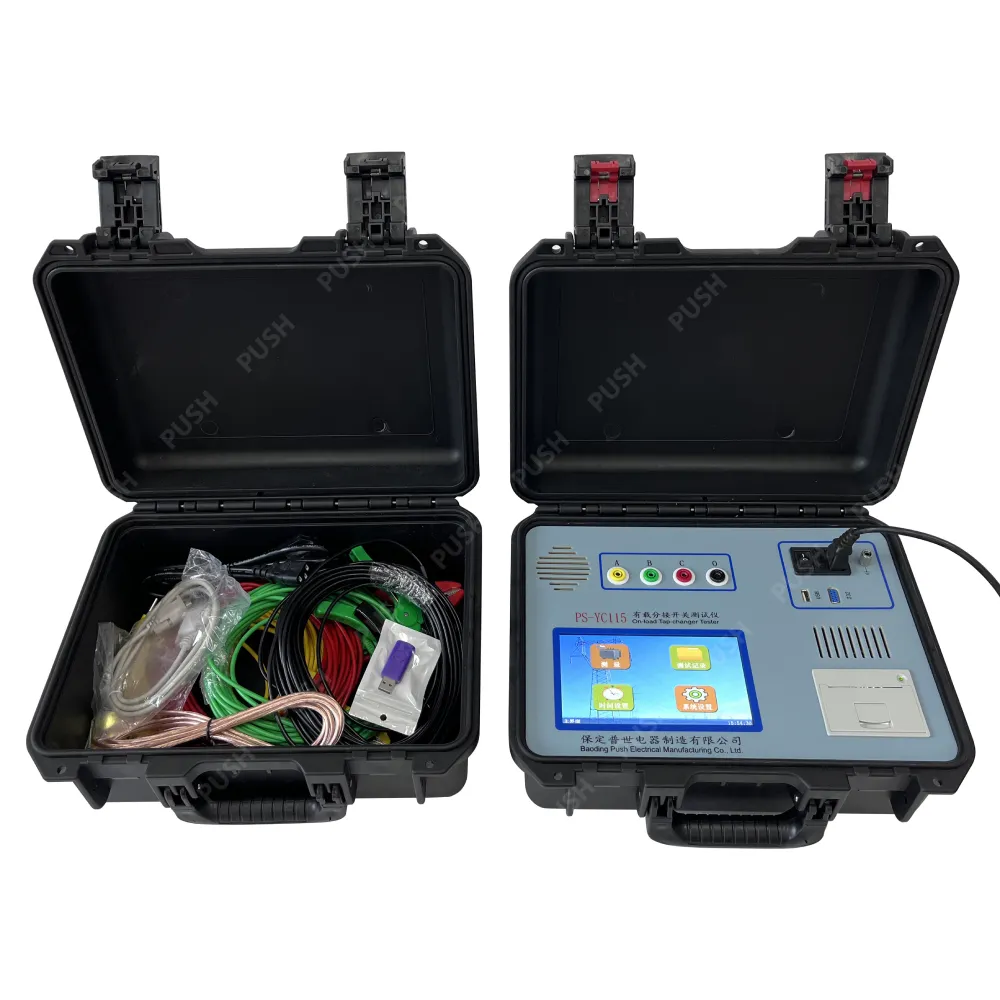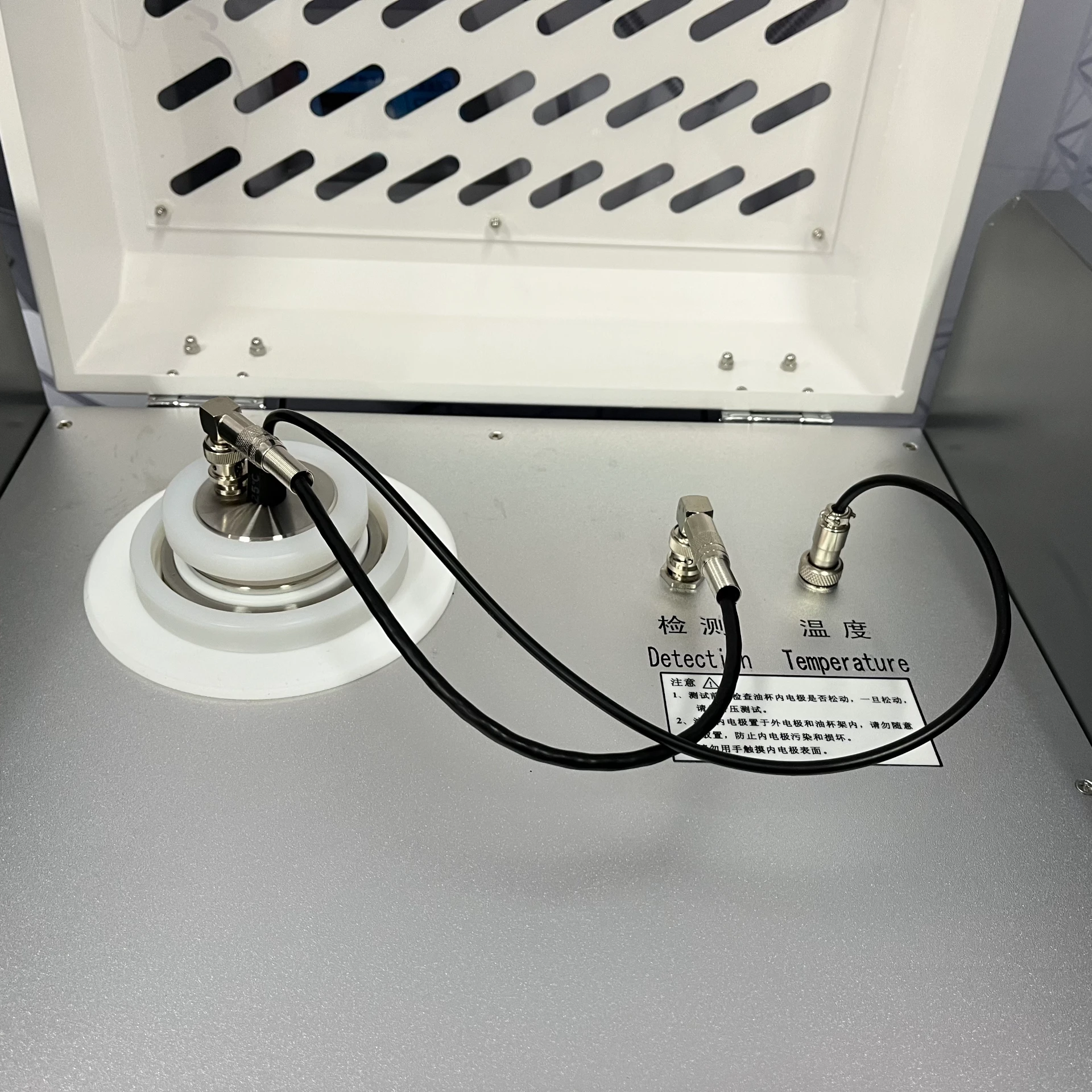TEL:
+86-0312-3189593
 English
English

Telephone:0312-3189593

Email:sales@oil-tester.com
2 月 . 15, 2025 17:27
Back to list
PS-RC Resistor-Capacitor Potential Shielding Voltage Divider Type High-Voltage Measuring Device
A transformer functions as the heart of electrical power systems, and the oil that insulates and cools its core is crucial to its longevity and efficiency. Understanding how to accurately conduct transformer oil level checks is essential for electrical engineers and maintenance personnel who seek to prolong the lifespan of these vital machines.
Transformer oil testing should also be conducted at regular intervals to detect contaminants or degradation of oil quality. Expert testing involves measuring the dielectric strength, moisture content, and acidity of the oil. High moisture levels, for instance, are a common cause of transformer inefficiency and can lead to insulation failures. Likewise, checking acidity levels reveals whether the oil has started to degrade, potentially corroding internal components. Moreover, professionals emphasize the importance of thermographic analysis in oil level management, providing a non-invasive method to detect anomalies in temperature distribution. This supports identifying regions where low oil levels might cause excessive heat build-up. For organizations managing large fleets of transformers, investments in data analytics and IoT technology have proven beneficial. An integrated monitoring system enables operators to manage numerous units from a centralized control point. Such systems feed real-time data into cloud-based platforms, facilitating prompt decision-making that enhances operational reliability and reduces maintenance costs. It is crucial to have certified personnel conduct these assessments, as their expertise contributes significantly to the veracity of the evaluations and the applicability of the solutions rendered. Recognition from reputed electrical industry bodies serves as a useful benchmark for selecting qualified professionals. In summary, maintaining appropriate transformer oil levels is not just about extending the lifespan of the equipment but also about ensuring operational safety and efficiency. Combining traditional inspection methods with innovative technology and skilled expertise manifests into a comprehensive maintenance strategy that preemptively resolves issues, thus supporting a robust electrical infrastructure. Prioritizing this aspect of transformer care highlights a commitment to advanced problem-solving and a proactive approach to equipment management, reinforcing trust and authority in the industry.


Transformer oil testing should also be conducted at regular intervals to detect contaminants or degradation of oil quality. Expert testing involves measuring the dielectric strength, moisture content, and acidity of the oil. High moisture levels, for instance, are a common cause of transformer inefficiency and can lead to insulation failures. Likewise, checking acidity levels reveals whether the oil has started to degrade, potentially corroding internal components. Moreover, professionals emphasize the importance of thermographic analysis in oil level management, providing a non-invasive method to detect anomalies in temperature distribution. This supports identifying regions where low oil levels might cause excessive heat build-up. For organizations managing large fleets of transformers, investments in data analytics and IoT technology have proven beneficial. An integrated monitoring system enables operators to manage numerous units from a centralized control point. Such systems feed real-time data into cloud-based platforms, facilitating prompt decision-making that enhances operational reliability and reduces maintenance costs. It is crucial to have certified personnel conduct these assessments, as their expertise contributes significantly to the veracity of the evaluations and the applicability of the solutions rendered. Recognition from reputed electrical industry bodies serves as a useful benchmark for selecting qualified professionals. In summary, maintaining appropriate transformer oil levels is not just about extending the lifespan of the equipment but also about ensuring operational safety and efficiency. Combining traditional inspection methods with innovative technology and skilled expertise manifests into a comprehensive maintenance strategy that preemptively resolves issues, thus supporting a robust electrical infrastructure. Prioritizing this aspect of transformer care highlights a commitment to advanced problem-solving and a proactive approach to equipment management, reinforcing trust and authority in the industry.
Latest news
-
Differences between open cup flash point tester and closed cup flash point testerNewsOct.31,2024
-
The Reliable Load Tap ChangerNewsOct.23,2024
-
The Essential Guide to Hipot TestersNewsOct.23,2024
-
The Digital Insulation TesterNewsOct.23,2024
-
The Best Earth Loop Impedance Tester for SaleNewsOct.23,2024
-
Tan Delta Tester--The Essential Tool for Electrical Insulation TestingNewsOct.23,2024





